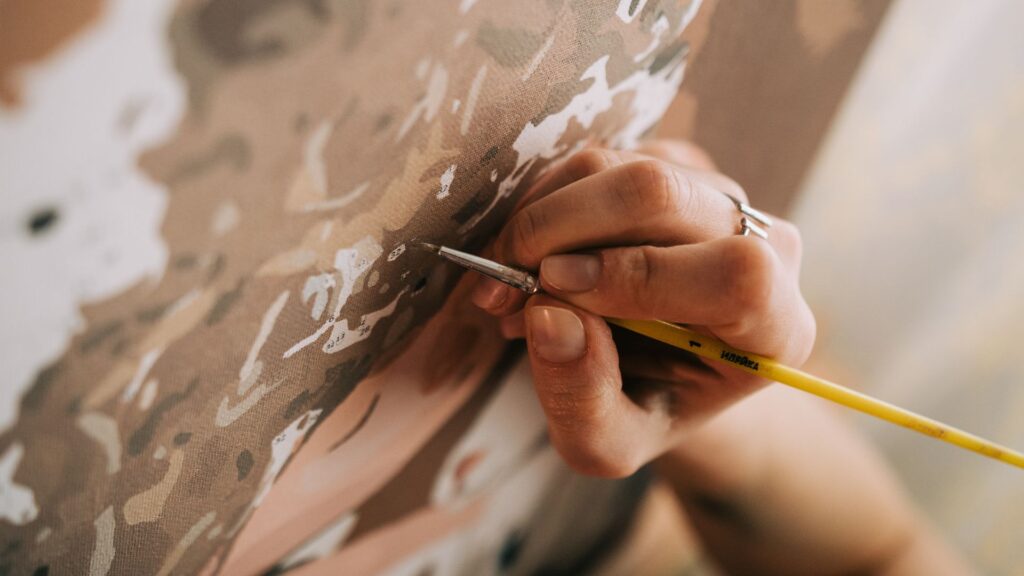In today’s digital landscape, visual content reigns supreme. Whether you’re a marketer, content creator, designer, or business owner, high-quality images are essential for capturing attention and conveying your message. Artificial intelligence has revolutionized image creation, making it accessible to everyone regardless of artistic ability. This comprehensive guide explores how to harness AI technology to generate stunning visuals that elevate your projects.
Understanding AI Image Generation
AI image generation utilizes complex algorithms and neural networks to create visuals based on text prompts or reference images. These powerful tools can produce everything from photorealistic scenes to abstract art, illustrations, and stylized graphics.
Key AI Image Generation Technologies
- Text-to-Image Models: Systems that convert written descriptions into images
- Image-to-Image Tools: Programs that transform existing images using AI
- Style Transfer Applications: Software that applies artistic styles to photographs
- 3D Rendering Solutions: AI systems that generate three-dimensional visuals
Selecting the Right AI Image Generator
The first step to creating quality AI images is choosing the appropriate tool for your specific needs.
Popular AI Image Generation Platforms
Different platforms excel at various types of image creation. Consider your project requirements, budget, and technical expertise when selecting a tool.
For Beginners
- User-friendly interfaces with minimal learning curve
- Guided creation processes
- Template-based systems that simplify the creative process
For Professionals
- Advanced customization options
- Higher resolution outputs
- More precise control over visual elements
- Integration with professional software
Crafting Effective Prompts
The quality of AI-generated images largely depends on how well you communicate with the AI system. Mastering prompt engineering is essential for achieving desired results.
Elements of an Effective Prompt
- Be Specific: Include details about subject, setting, lighting, style, and mood
- Use Descriptive Language: Employ adjectives and vivid descriptions
- Reference Art Styles: Mention specific artists or art movements for stylistic guidance
- Include Technical Parameters: Specify aspect ratio, resolution, and composition
Sample Prompt Structure
“Create a [style] image of [subject] in a [setting] with [lighting conditions]. The mood should be [emotion]. Include [specific elements] and use a [color scheme] palette.”
Optimizing AI-Generated Images
Raw AI outputs often benefit from post-processing to achieve professional quality.
Post-Processing Techniques
- Composition Adjustments: Cropping, resizing, and reframing
- Color Correction: Enhancing contrast, saturation, and color balance
- Detail Enhancement: Sharpening, noise reduction, and clarity adjustments
- Element Removal or Addition: Editing unwanted artifacts or adding complementary elements
Ethical Considerations and Best Practices
Using AI for image generation comes with responsibilities and considerations.
Copyright and Ownership
Understand the licensing terms of the AI platform you’re using. Some services retain certain rights to generated images, while others grant full ownership to users.
Transparency
When using AI-generated images in professional contexts, consider disclosing their origin to maintain transparency with your audience.
Avoiding Biases and Stereotypes
Be mindful that AI systems can perpetuate biases present in their training data. Review generated images critically and adjust prompts to avoid reinforcing stereotypes.
Enhancing Your AI Image Generation Workflow
Develop a systematic approach to maximize efficiency and quality.
Iterative Refinement Process
- Start with a basic prompt
- Evaluate the generated image
- Refine your prompt based on results
- Generate new variations
- Select the best output for post-processing
Building a Prompt Library
Maintain a collection of successful prompts that you can adapt for future projects, saving time and ensuring consistency.
Conclusion
AI image generation represents a paradigm shift in visual content creation, democratizing the ability to produce professional-quality images. By understanding the technology, mastering prompt engineering, and implementing effective workflows, you can harness the full potential of AI to create compelling visuals for any purpose.
As these technologies continue to evolve, staying informed about new features and capabilities will ensure you remain at the cutting edge of AI-powered creativity. Begin experimenting today, and discover how artificial intelligence can transform your visual content strategy.

